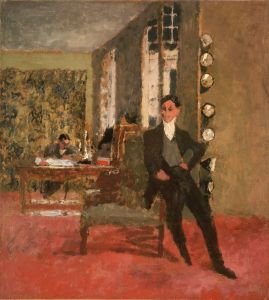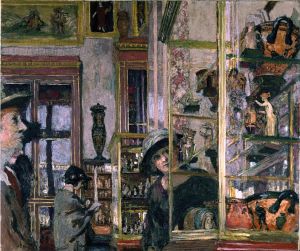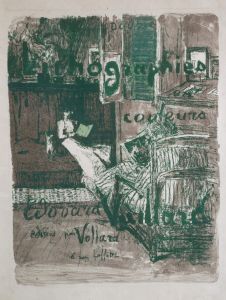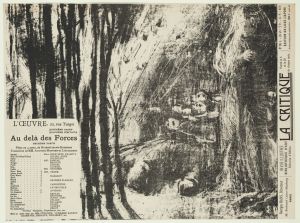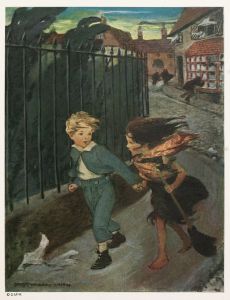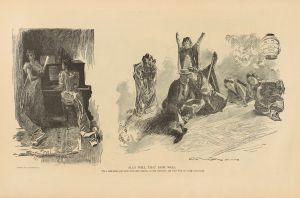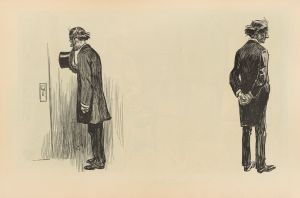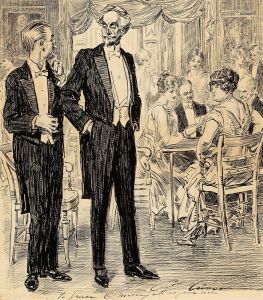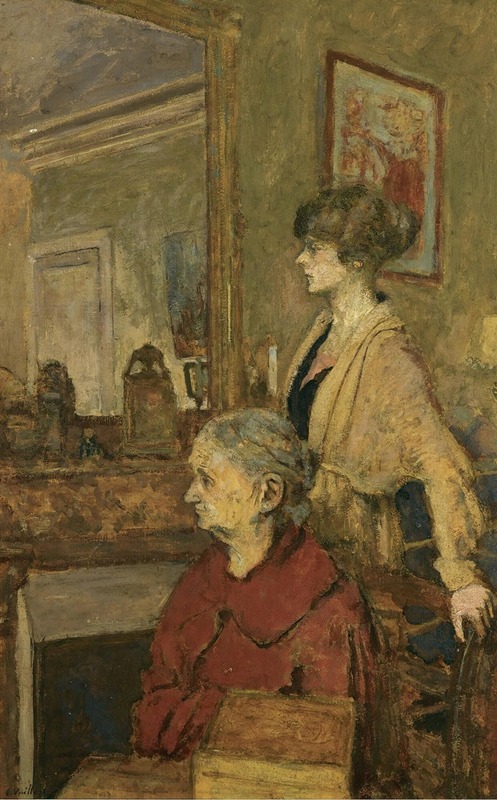
Madame Vuillard Et Annette, Rue De Calais
A hand-painted replica of Édouard Vuillard’s masterpiece Madame Vuillard Et Annette, Rue De Calais, meticulously crafted by professional artists to capture the true essence of the original. Each piece is created with museum-quality canvas and rare mineral pigments, carefully painted by experienced artists with delicate brushstrokes and rich, layered colors to perfectly recreate the texture of the original artwork. Unlike machine-printed reproductions, this hand-painted version brings the painting to life, infused with the artist’s emotions and skill in every stroke. Whether for personal collection or home decoration, it instantly elevates the artistic atmosphere of any space.
Édouard Vuillard's painting Madame Vuillard et Annette, Rue de Calais is a work by the French Post-Impressionist and Nabi artist Édouard Vuillard (1868–1940). Vuillard is renowned for his intimate domestic interiors and depictions of family life, often featuring his mother, Madame Vuillard, who played a central role in his life and art. This particular painting is one of many that reflect his close relationship with his family and his ability to capture the subtleties of everyday life.
The artwork portrays Madame Vuillard, the artist's mother, alongside Annette, whose identity is not definitively documented but is often thought to be a family acquaintance or relative. The setting is Rue de Calais, a street in Paris where Vuillard lived with his mother for a significant portion of his life. The painting exemplifies Vuillard's characteristic style, which blends rich patterns, muted colors, and a focus on the interplay between figures and their surroundings. His works often blur the boundaries between the figures and the background, creating a sense of harmony and intimacy.
Vuillard was a member of the Nabi group, a collective of artists influenced by Symbolism and Post-Impressionism. The Nabis sought to move beyond naturalistic representation, emphasizing decorative elements, emotional resonance, and the subjective experience of the artist. In Madame Vuillard et Annette, Rue de Calais, these principles are evident in the way Vuillard integrates the figures into the patterned environment, creating a composition that feels both personal and timeless.
The painting is notable for its domestic focus, a recurring theme in Vuillard's oeuvre. His mother, a seamstress, often appears in his works, reflecting her importance in his life and the central role of the home in his artistic vision. The Rue de Calais apartment, where this scene is set, served as both a living space and a creative environment for Vuillard, influencing the intimate and introspective quality of his art.
While the exact date of the painting is not specified, it is consistent with Vuillard's mature style, which developed in the late 19th and early 20th centuries. The work is an example of his ability to transform ordinary moments into compositions of quiet beauty and emotional depth.
Madame Vuillard et Annette, Rue de Calais is held in a private collection or museum, but detailed information about its current location or provenance is not widely available. The painting continues to be appreciated as a testament to Vuillard's mastery of color, texture, and the depiction of intimate, everyday scenes.





